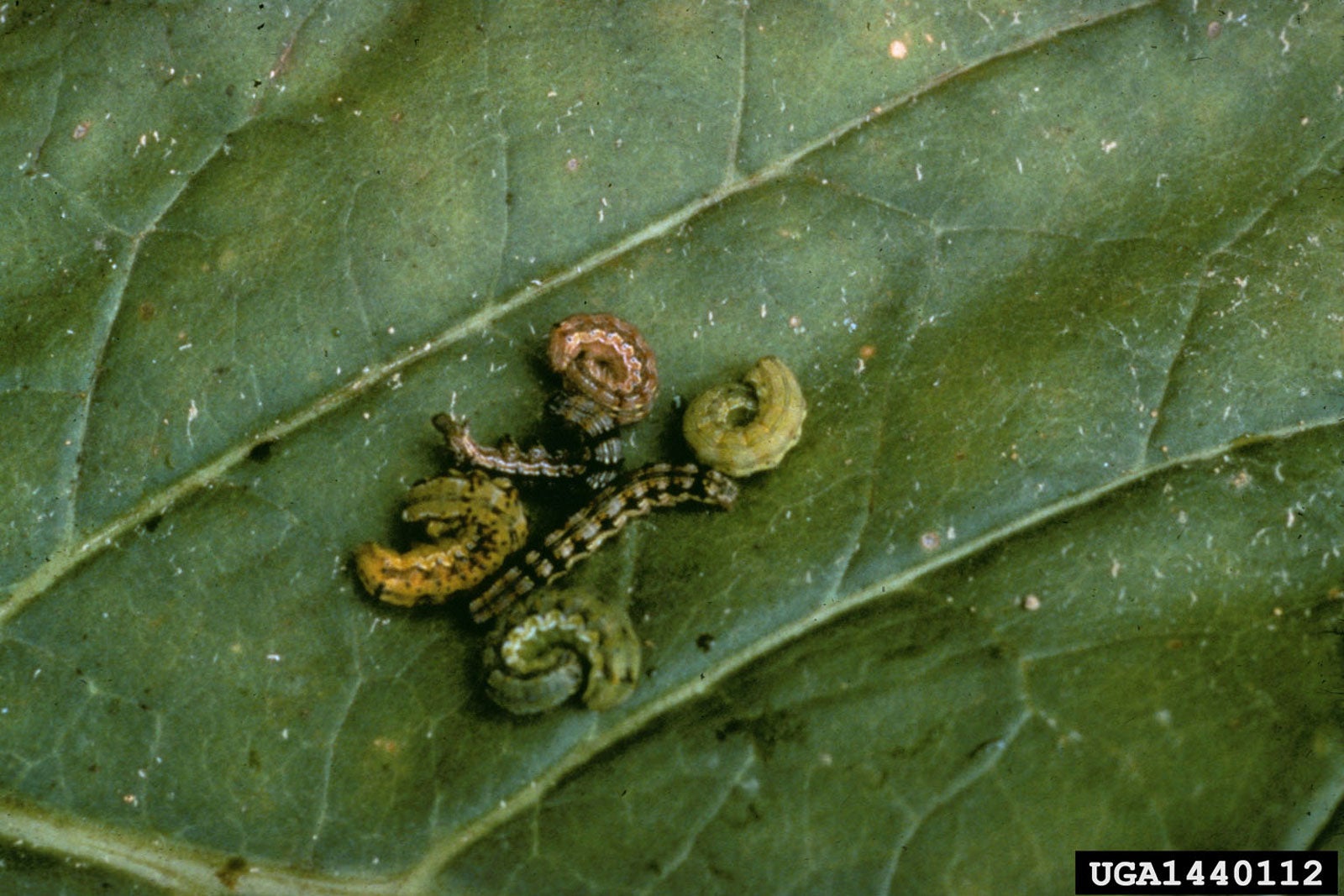Worms On Geranium Plants: Treating Tobacco Budworm On Geraniums


If you see worms on geranium plants in late summer, you are likely looking at the tobacco budworm. It is so common to see this pest on geraniums that this caterpillar is also called the geranium budworm. Read on for more information about caterpillars on geraniums as well as tips on geranium budworm control.
Worms on Geranium
The tobacco budworm (Helicoverpa virescens) can do serious damage to many popular garden flowers including geraniums. Other common garden hosts include petunia and nicotiana.
These budworms are the larvae of a small harmless moth. The moth’s wingspan tops out at about 1 ½ inches (around 4 cm.), which is also the mature length of the budworm. These worms are usually brown but can also be green or red. Look for the erect hairs on the worm and a white stripe running along the bug’s body.
Tobacco budworms are a major pest of tobacco and cotton plants. They can also wreak havoc as caterpillars on geraniums in your garden by chomping holes in buds and leaves. Tobacco budworms can eat entire buds off the plants. They may also eat deep holes into the core of the buds. These damaged buds may or may not open, but if they do, there are usually unsightly holes in the flower petals.
Geranium Budworm Control
If you have these caterpillars on geraniums in your garden, you are probably interested in learning about budworm control. However, there is no miracle cure to prevent the budworm from appearing.
The most economical way to deal with these worms if you have a small garden is by taking hands-on action. This involves carefully monitoring the plants for budworms and the buds for holes. Check the buds regularly.
If you find any worms on your plants, lift them off and destroy them. Note that the best time to look for larvae is at dusk when they are most active. In the day, they hide around the base of the plant.
Sign up for the Gardening Know How newsletter today and receive a free copy of our e-book "How to Grow Delicious Tomatoes".
Using Insecticides for Worms on Geraniums
If you have a lot of geraniums, you might consider using a residual garden insecticide. Synthetic pyrethrins, called pyrethoid insecticides, may be your best bet for this pest. They are the pesticides that include permethrin, esfenvalerate, cyfluthrin, or bifenthrin.
Note that the insecticide Bacillus thuringiensis, while effective on some caterpillars, may not be useful for geranium budworm control. The larvae do not eat enough pesticide to kill them as they chew their holes.

Teo Spengler is a master gardener and a docent at the San Francisco Botanical Garden, where she hosts public tours. She has studied horticulture and written about nature, trees, plants, and gardening for more than two decades, following a career as an attorney and legal writer. Her extended family includes some 30 houseplants and hundreds of outdoor plants, including 250 trees, which are her main passion. Spengler currently splits her life between San Francisco and the French Basque Country, though she was raised in Alaska, giving her experience of gardening in a range of climates.